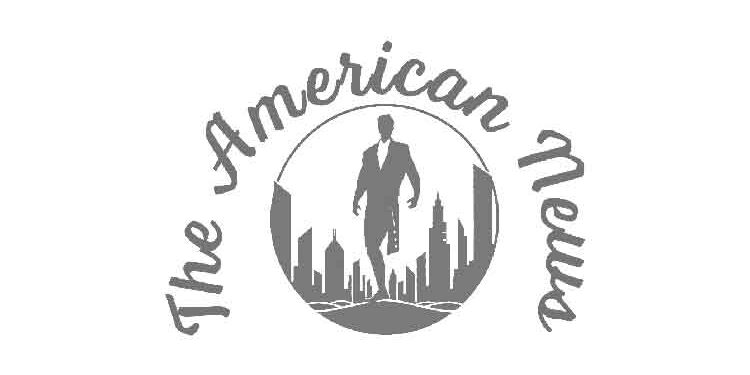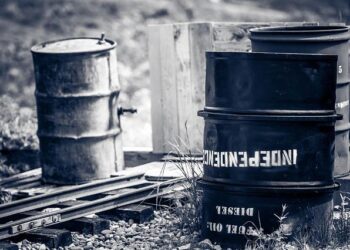Esther Elia’s work includes ceramics, painting, sculpture, and wearable art. Her work reflects her identity, stemming from her mixed Assyrian and Irish background. Originally from a section of the Middle East stretching across part of what is now Iran, Iraq, Syria and Turkey, those in the Assyrian diaspora are now all over the world. Her ancestors fled Iran between 1915 and 1920 as a result of the Armenian, Assyrian and Greek genocides and eventually settled in the United States. Born and raised in Turlock, California, Elia has been collecting oral histories from family members as a way to connect with and better understand her culture despite assimilation. “I grew up in a mixed household that no longer spoke Assyrian,” Elia is quoted by Yasmine Mosimann in a 2020 article by the media network Rudaw. “Though I was born in America, raised to speak English, and was a mix of two ethnicities — effectively the American dream incarnate, completely assimilated — there was something I felt that I was still missing … . There is a lot of fear from immigrant communities that their cultures will be lost, that their kids won’t care about the traditions associated with ethnicity. My work explores the reality of that and transforms fearful speculation to relaying stories of an actual lived experience that talks about my pursuit of being Assyrian in America.”
The exhibition title “Khosh min Lakha” is a term in the Assyrian language that roughly translates to “go from here.” While there are a number of ways to interpret this directive statement, it is understood by those in the Assyrian diaspora that they are no longer welcome in their homeland and must leave if they want to survive. About this, Elia wrote in an email to me, “For me, it has the association that we were told to leave a place suddenly and rudely — by a group that no longer liked us, and that became a large part of our identity and cultural history. We carry it with us, and are prepared if it is said to us again, while also recognizing that just because we were told to go — that doesn’t mean that we can’t uproot and thrive again somewhere else.”
Elia’s hybrid identity is reflected in her recent monumental sculptures. In a statement on her website, Elia says, “I draw from the grid of a rug and practices of tiling to create blocky sculptures … (that) are contemporary representations of Assyrian deities — hybrid creatures, lamassus, chimeras with eagle wings and lion tails, bull bodies, ancient symbols and talismans. I am examining where ancient culture and ritual can continue to show up in our contemporary lives.” In the 2023 interview with Mosimann, Elia adds, “As a region, it’s been really difficult for me to find concrete, unbiased histories, which is why I have been relying on oral histories to be the foundational research for my work on being Assyrian. As a minority group within the Middle East, finding any sort of history becomes even more of a challenge, which I think is why so many Assyrian artists use ancient works as a jumping-off point to talk about being Assyrian.”
The artist is also quoted in a June 2023 article on the website of ArteEast, a New York-based arts collective and a global platform for Middle East arts. “I was drawing ‘Assyrian bodybuilder deities’ — figures that reflected elements from the ancient Assyrian pantheon, while also speaking to a very real trend I was seeing and experiencing through Instagram of Assyrian women from my community bodybuilding and powerlifting,” it reads.
As an artist building bridges between communities, Elia spearheaded the 2023 initiative Native Soil, which brought Indigenous potters based in the United States to northern Iraq, where they participated in harvesting both clay and cultural exchange with Assyrian potters. In the 2023 ArteEast article, Elia said, “There is an Assyrian organization called Gishru: Bridge to Assyria, which takes Assyrians from the diaspora to visit a piece of our homeland and make connections there.”
In a 2023 article on the website of The Word (an independent news platform dedicated to serving the Assyrian community), Yasmeen Altaji wrote, “She (Elia) had developed a keen eye for clay deposits as an art student in New Mexico, harvesting clay with Native American instructors. She noticed the deposits on her first trip to Iraq in 2022, which would lay the groundwork for Native Soil, an initiative launched this month bringing together indigenous potters from the US and Iraq in a first-of-its-kind exchange of native cultural knowledge.”
Based in Albuquerque, Esther Elia received her Bachelor of Fine Art in Illustration from California College of the Arts in 2019 and her Master of Fine Arts in Painting and Drawing from the University of New Mexico in 2023. She has exhibited her work at venues in Arizona, California, Nebraska, New Mexico, North Carolina, Texas and Virginia, as well as in Iraq. Elia has been an artist-in-residence at Facebook and Minnesota Street Project in California and has received a number of awards from the Guggenheim Summer College Workshop, the San Francisco State University’s Iranian Diaspora Studies Program and SITE Santa Fe, among others.
“Esther Elia: Khosh min Lakha” at the Roswell Museum is the artist’s first solo exhibition at a museum since receiving her MFA. The artist will deliver an artist talk at 5:30 p.m. on Friday, followed by an opening reception, both free and open to the public. The exhibition is on display in the museum’s entry gallery from Aug. 31 to Nov. 17. For more information about the artist, visit estherestheresther.com and her Instagram page, @malikta.esther. For more information about the Roswell Museum, visit roswellmuseum.org.
Source link : http://www.bing.com/news/apiclick.aspx?ref=FexRss&aid=&tid=66cbbe2310d54652bcd779aa8744c272&url=http%3A%2F%2Fwww.aina.org%2Fnews%2F20240825181143.htm&c=12525989631464736431&mkt=en-us
Author :
Publish date : 2024-08-25 12:27:00
Copyright for syndicated content belongs to the linked Source.












